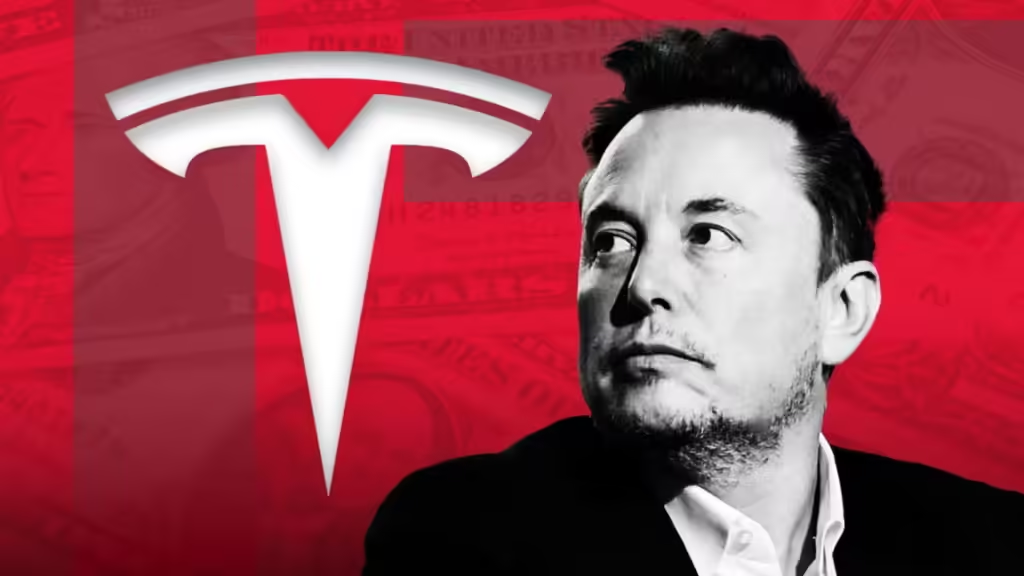
Tesla CEO Elon Musk is set to make a major announcement Thursday night, potentially marking a turning point in the electric vehicle company’s history. The event, hosted at Warner Bros. Studios in California, will unveil Tesla’s plans for self-driving “robotaxis,” a vision Musk has been touting for years.
Musk has long promised that fully autonomous Tesla vehicles are just around the corner. According to Dan Ives, a Wedbush Securities analyst and long-time Tesla supporter, this announcement could be one of the most important in the company’s history. “In five to ten years, this may be seen as Tesla’s iPhone moment,” Ives said.
What to Expect from Tesla’s Big Reveal
Tesla’s robotaxis would offer driverless ride-hailing services, competing with industry giants like Uber, Lyft, and the autonomous fleets from Waymo (Google’s unit) and General Motors’ Cruise. A new model, possibly dubbed the “Cybercab,” may also be introduced, specifically designed for this fleet.
Additionally, Tesla may share details about a ride-hailing platform that allows customers to rent out their vehicles when not in use, similar to Airbnb for cars. This would give Tesla owners the opportunity to earn income, with Tesla taking a share of the revenue.
However, Tesla has faced regulatory hurdles, and concerns about safety remain. Autonomous vehicles, like GM’s Cruise, have seen operations suspended after incidents, highlighting the regulatory and safety challenges Tesla could face.
Past Promises, Future Hurdles
Musk has long touted the revolutionary potential of Tesla’s autonomous vehicles, suggesting they could reshape the economics of transportation. He claims that Tesla could make more money from ride-hailing services than from car sales. But the company has repeatedly missed deadlines for delivering fully autonomous vehicles.
Tesla’s “Full Self-Driving” (FSD) option, currently available for $8,000, still requires human drivers to be ready to take control. In July, Musk predicted unsupervised driving could be possible by year’s end but admitted his past forecasts were overly optimistic.
Despite claims that FSD is safer than human drivers, external testers have pointed out flaws. AMCI Testing found that drivers had to take control every 13 miles, with critics like analyst Gordon Johnson arguing that Tesla’s system is still far from safe for real-world use.
A Make-or-Break Moment for Tesla
While Tesla has made strides in self-driving technology, experts believe true autonomy is still years away. Gene Munster of Deepwater Asset Management estimates it could take two years to perfect the technology and another two to three years to gain regulatory approval.
Even Tesla supporters, like Munster, warn that investors might be underwhelmed if the timeline for robotaxi deployment is not immediate. “If it’s more than three months out, investors may be skeptical,” Munster said.
Dan Ives emphasized the significance of the moment for Musk and Tesla, saying, “This is a fork-in-the-road moment. Either this will be a jaw-dropping breakthrough, or it’ll leave people shrugging their shoulders.”





